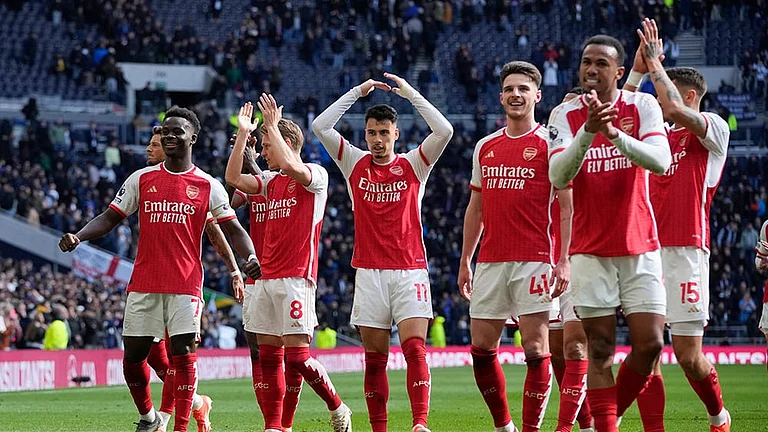As a reporter who has hung around long enough in the corridors of the I&B Ministry in Delhi, Ninan is in a position to tell us what happens when a powerful electronic toy in the hands of our politicians becomes a time-bomb. For example, Rajiv Gandhi as prime minister (1984-89) set out to restore credibility to a dreary state-controlled medium of sweat and tears (where, says Ninan, "announcers sweated in primitive studios and the viewers were bored to tears"). Rajiv handpicked his men for Operation Credibility, but it boomeranged. Ninan shows that by 1989, as V.P. Singh and the Bofors row gained ground, the PM crumpled under pressure to abandon liberal ideas. He had to appoint K.K. Tewary as I&B minister, who promptly declared that "credibility was for the cocktail circuit".
Ninan debunks the popular notion that control over TV can help politicians win elections. It can help set the public agenda but that agenda, she shows, can makepoor, illiterate audiences more inquiring, and so turn the tables on their leaders. More disturbingly, she argues, the unbridled growth of satellite TV since the Gulf War has forced the Government to dump the idea of TV as a tool for development.
Imperiled by budgetary cuts and loss of revenue to 'foreign' networks, Doordar-shan has had to subdue its social conscience and follow the basic instinct of commerce. The decision was prompted as much by a need to replenish its coffers as to defend its sovereignty. Autonomy, that burning debate of the 1980s, has been rendered irrelevant in the 1990s by a threatened invasion of the body-snatchers. The line of reasoning implicitly followed byDD's bosses also betrays their chosen path of least resistance: if you can't give them bread, give them Superhit Muqabla.
What's this reckless addiction to so much trash on TV doing to an audience of over 250 million? The most revealing part of her interviews are among the urban poor whose lives are now ruled by TV's lurid mix of soaps, film songs and slick ads. Here are pubescent girls who long to run away from home,
children who think Sunsilk and Fair & Lovely will change their lives and mothers who believe two-minute noodles will improve their children's grades. As a paci-fier for babies, a sob-sister for the lonely and a hot-water bottle for the aged, is TV all things to all men? No, says Ninan, it is a hydra-headed monster whose spread may change us in unexpected ways.
To her credit, Ninan doesn't take the sni-velling moral stands that usually make such books a bore: she presents all views, elaborates the pros and cons and is briskly done with the job. And she's comprehensive. The book encompasses viewers of all classes, most regions; it dips into TV in the hinterland, educational TV, and the soaring stakes in commercial TV. It only fails to project where things are going, how it may change the way the country is run or whether audiences will have a greater say in running it. Only that will determine that Indians get the TV they want.






















